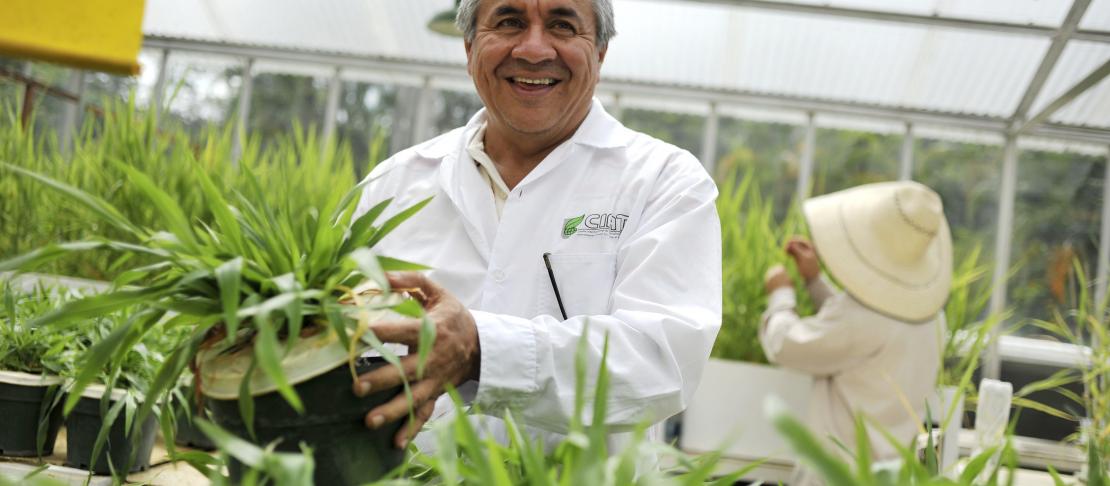Low-cost greenhouses improve food security in the Andes

Summary
The research was implemented in collaboration with the International Potato Center (CIP).
Although the high Andes are the place of origin of the potato, the growing conditions are harsh and prone to frost, drought and hailstorms. This, coupled with a general lack of support for remote communities, has resulted in high levels of malnutrition and childhood mortality amongst the area’s inhabitants. In response, the International Potato Center (CIP) launched a study that aimed at enhancing the resilience and knowhow of local students and women farmers. The project focused on the design of low-cost greenhouses built from local materials, and optimizing the use of space and time within cultivation. A selection of horticultural crops suited to local environmental conditions and culinary tastes was also chosen for cultivation.
In collaboration with local NGOs and government agencies, 16 rural schools were used to disseminate the technology to 1200 students. 150 female and male students, alongside 185 women, built their own greenhouses. Study participants were also taught to prepare and consume horticultural products, which are not a traditional part of the Andean diet. The students were also trained in coping with negative climate change impacts, including seed generating practices and the production of organic fertilizers.
As a result of the research, average yields from 18 crops were approximately 8 kg m2 per season, with 2-4 seasons of yields in areas where normally only one season provides one harvest per year, due to the harsh climatic conditions. Generally, 85% of the output was used for improving household nutrition with the remaining 15% sold for between USD 180-360 per year—roughly 25% of annual household income.
Key facts
- CIP worked with rural schools to build greenhouses and cultivate horticultural crops to improve food security and nutrition.
- Greenhouse technology can provide year round produce in harsh climates that normally only have one growing season.
- Horticultural products provide nutritional improvements and additional income for farmers.
Lessons: key elements of success
- Through the collaboration with rural schools, teachers took on the role of extension agents and promoted improved nutrition and horticultural practices to both students and parents.
- Participatory selection of horticultural crops and training in cooking new crops were crucial to influencing dietary changes.
Further reading
Related research outputs
- Li Pun HH, Mares V, Quiroz R, León Velarde CU, Valdivia R, Reinoso J. 2006. Pursuing the Millennium Development Goals in the Andean Altiplano. Mountain Research and Development 26(1):15-19.


